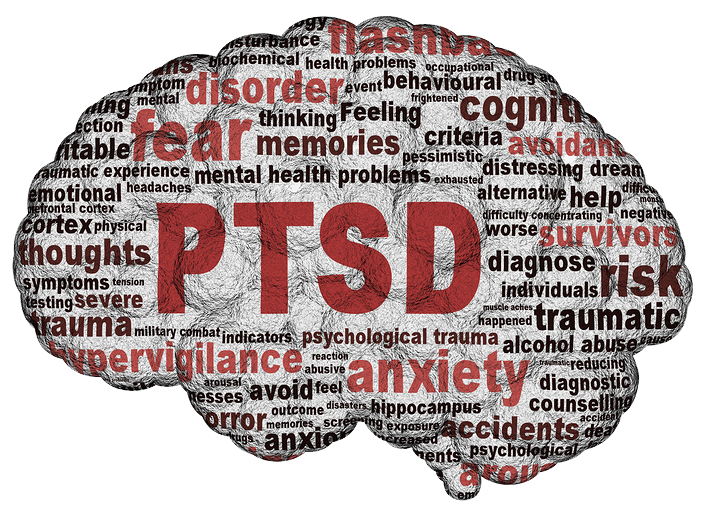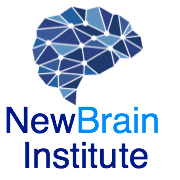Treatment for PTSD in Beverly Hills and Los Angeles County

What is PTSD?
Post-traumatic stress disorder (PTSD) is a mental illness provoked by witnessing or experiencing a shocking event. This event may be a loss of a loved person, witnessing a violent crime or suffering a car accident. Usually, the first symptoms debut early (within three months after the traumatic experience) and include recurrent stressful flashbacks, negative changes in thinking and mood, emotional instability, hopelessness for the future, etc. Both children and adults are susceptible to PTSD. According to the National Center for PTSD, the disease affects 8 in every 100 individuals at some point in life [1]. War veterans are particularly vulnerable to the condition: around 55% of Vietnam War veterans suffer from either full-blown PTSD or its sub-clinical form [2].
Conventional Treatment of PTSD
Antidepressants can ameliorate anxiety and depression but are ineffective in coping with other symptoms, which affect patient’s routine. Psychotherapeutic techniques, such as prompting patients recapture disturbing moments to confront them, may bring the desired effects in some patients but are futile in others. Several newer medications, such as Prozac and Effexor are also quite popular in PTSD [2]. However, these drugs, like other antidepressant medications, have been shown to increase the risk of suicidal thoughts and behavior, and, therefore, should be taken very carefully [3].
Deep TMS and PTSD
Deep transcranial magnetic stimulation (Deep TMS) is a modern, state of the art technique of treating post-traumatic stress disorder (PTSD) as well a range of other neurological and neuropsychological disorders. Although new, the method has already received approval in Europe and Israel. Safe, efficacious, and very well-tolerable, it has recently been incorporated into the PTSD treatment protocols of the U.S. Navy [4].
How does TMS help with PTSD?
TMS systems produce bursts of electromagnetic currents that reach neurons in the brain and cause them to excite. Due to the impact, it has on monoamines, TMS exerts anxiolytic and antidepressant effects. Its efficacy in PTSD may also be explained by its apparent depressing impact on the hypothalamic-pituitary-adrenocortical system [5]. The method is noninvasive, safe, causes marginal discomfort and no convulsions or deterioration of cognitive functions.
Is TMS effective for treating PTSD?
The efficacy of TMS in PTSD has been studied since 1990’s. In 2004, Cohen et al. proved that repeated TMS relieves anxiety and curbs symptoms related to avoidance and re-experiencing [6]. A year later, Song & Chae conducted a comprehensive literature review and confirmed that TMS improves neuronal functional connectivity and optimizes brain metabolism in patients with PTSD [7]. In a more recent study, Isserles et al. discovered that deep TMS alleviated symptoms where other treatment methods could not help [8].
The Verdict: PTSD and TMS
TMS and, specifically, deep TMS should be strongly considered as a treatment option in patients with PTSD. Its high safety profile, good tolerability, and excellent efficacy, particularly as an adjunct therapy, make it a promising alternative to conventional and sometimes outdated approaches to this dramatic illness.
References
- National Center for PTSD. PTSD. U.S. Department of Veteran Affairs. Web. 25 July 2016.
- “Post-Traumatic Stress Disorder (PTSD)”. com. 2016. Web. 25 July 2016.
- “Prozac Capsules – FDA Prescribing Information, Side Effects And Uses”. com. 2016. Web. 25 July 2016.
- Shaman, David. “US Navy Buys Israeli ‘Brain Zapper’ To Treat Vets”. The Times of Israel Web. 21 July 2016.
- Scaglione, Cris and Patrick Lockwood. “Application Of Neuroscience Research To The Understanding And Treatment Of Posttraumatic Stress Disorder (PTSD)”. International Journal of Applied Science and Technology1 (2016): n. pag. Print.
- Cohen, H., Kaplan, Z., Kotler, M., Kouperman, I., Moisa, R. &Grisaru, N. (2004). Repetitive transcranial magnetic stimulation of the right dorsolateral prefrontal cortex in posttraumatic stress disorder: A doubleblind, placebo-controlled study. American Journal of Psychiatry, 161, 515-524.
- Song, J. M., &Chae, J. H. (2005).Transcranial magnetic stimulation treatment in patients with posttraumatic stress disorder.Journal of Korean Neuropsychiatric Association, 44, 158-164.
- Isserles, M., Shalev, A. Y., Roth, Y., Peri, T., Kutz, I., Zlotnick, E., &Zangen, A. (2012). Effectiveness of deep transcranial magnetic stimulation combined with a brief exposure procedure in post-traumatic stress disorder–A pilot study. Brain Stimulation, 6, 377–383.

